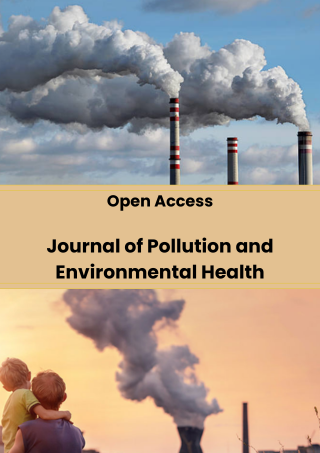Microplastics and Emerging Pollutants
Microplastics and Emerging Pollutants are critical environmental issues due to their persistence, toxicity, and widespread distribution. Microplastics are plastic particles smaller than 5 mm that originate from the breakdown of larger plastic waste, synthetic clothing fibers, packaging materials, and personal care products. These particles accumulate in water bodies, soil, and even the atmosphere, posing severe risks to aquatic organisms, wildlife, and human health through ingestion and bioaccumulation. Emerging pollutants are unregulated or newly detected contaminants such as pharmaceuticals, personal care products, flame retardants, and endocrine-disrupting chemicals. These substances often escape conventional treatment systems and enter the environment, where they can cause long-term ecological and health effects. Advanced analytical tools like gas chromatography, liquid chromatography, and mass spectrometry are essential for their detection and risk assessment. Addressing these pollutants is vital for environmental protection and global sustainability.
Indexed In
DOAJ
CrossRef
PubMed
MEDLINE
ResearchBib
OAJI
Sindexs
Index Copernicus
EBSCO A-Z / Host
OCLC - WorldCat
Journal Flyer


